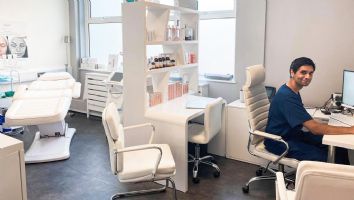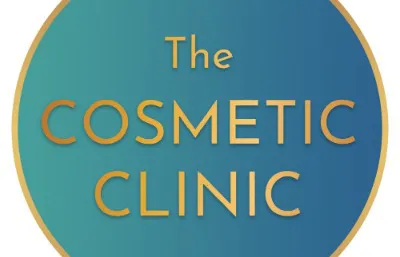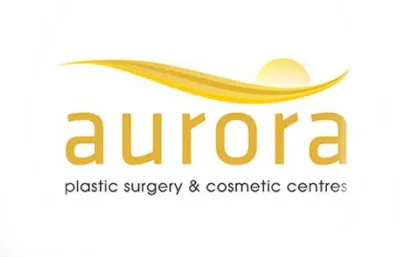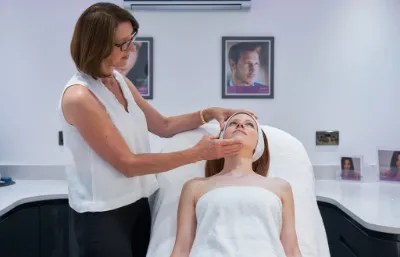Anyone can suffer with thread (red, spider or broken) veins, and they can appear on any part of the body. Although harmless, they can cause distress as the sufferer often feels self-conscious, particularly if the veins are on an exposed part of the body, such as the legs, which people can see.
Sclerotherapy treatment was developed in the 1920s for the treatment of varicose veins. This was refined for the treatment of thread veins, and this is what we now call microslerotherapy. Micro simply refers to the very small veins targeted by this procedure. Both these treatments are now very popular and successful.
Treatment of varicose veins is generally considered to be a medical matter and not one for a cosmetic surgeon and so patients are often referred by their GP to a vascular (vein) specialist. For further information on varicose veins and associated leg pump failure which explains the diagnosis and treatment options, please go to www.veins.co.uk.
To help you distinguish between thread veins and varicose veins the following may act as a guideline:
Thread veins
Usually very near the surface of the skin, red, blue, or purple in colour, and less than 1 to 2 mm in diameter.
They are not regarded as a serious medical condition but they can occasionally ache.
Varicose veins
Usually deeper beneath the skin, being skin coloured or bluish - green and more than 2mm in diameter.
They are more serious than thread veins. They can be painful and are a sign of leg pump failure.
Depending on where the thread veins are situated, different treatment options are available. These range from microsclerotherapy which is mostly used for leg and other thread veins on the body (but rarely the face) to microwave treatment and laser or IPL treatments and electro-coagulation or electrolysis. In this section, we are just concentrating on thread vein treatment by microsclerotherapy.
According to the American Society for Aesthetic Plastic Surgery (ASAPS), 10,126 sclerotherapy procedures took place in 2019, a decrease of 1.7% on 2018 statistics.
No reliable figures are yet available for the United Kingdom, but sclerotherapy is still a popular and effective procedure even though newer treatment options have recently become available.
If you are considering microsclerotherapy, the following information will give you a basic understanding of the procedure. It can't answer all your questions, since a lot depends on the individual patient and the practitioner. Please ask your practitioner about anything you don't understand.






